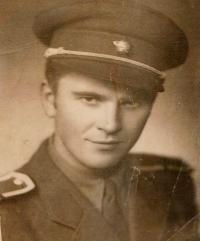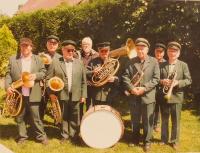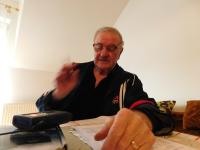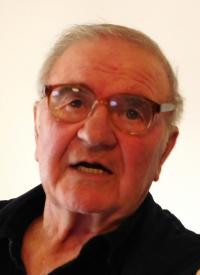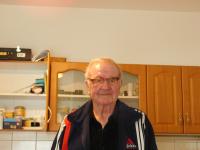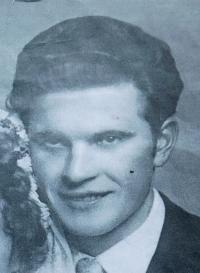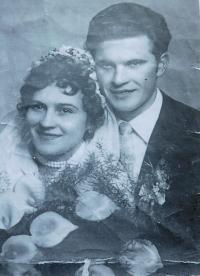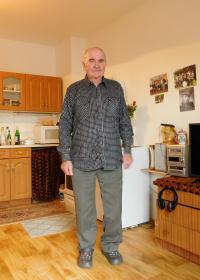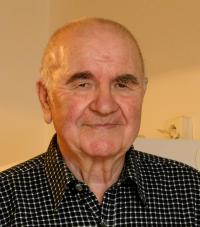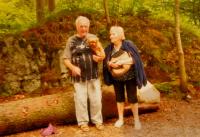During collectivisation they were shooting in the crowd of people here
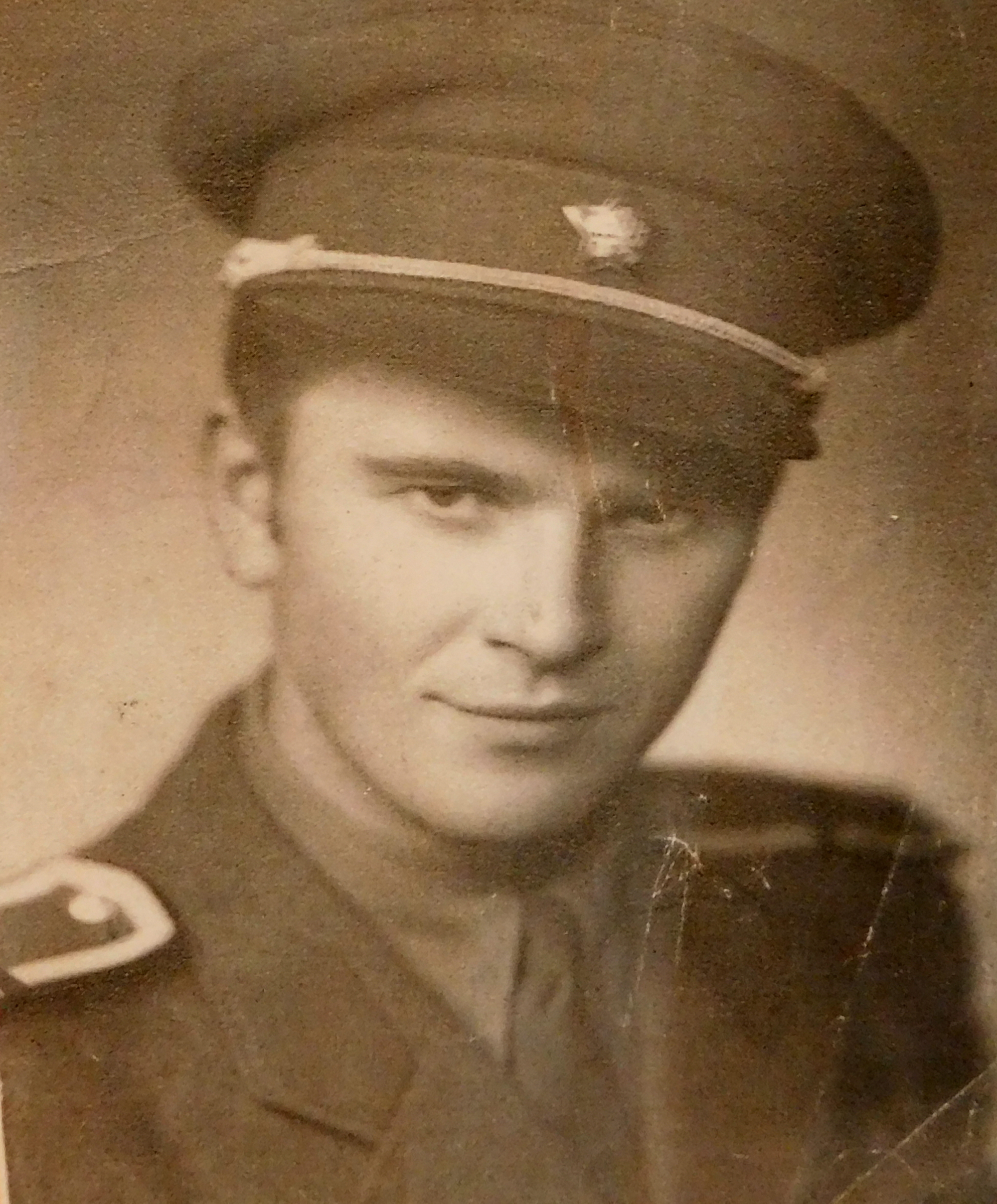
Download image
František Mráz was born on 24 December, 1934 in the village of Bicaci (Bikači in Slovak, Mezőbikács in Hungarian) in Bihar county in Rumania. He belonged to the local Slovak community, which amounted to around 30 thousand people back then. His native village was isolated from other Slovak villages as it was down in a valley and its development was quite different from other Slovak villages. The Slovaks lived together with other Hungarians and Rumanians in the same village. During war his father joined the Hungarian army and fought in the front for a while. Near the end of war he ran home and kept hiding until liberation. In 1946 the father and a part of the family left for Czechoslovakia; the mother with the daughter and František Mráz remained in Rumania. They experienced collectivisation in the village of Bikač. Back then the offices were taking all the crops from people. During the protests hungry citizens killed an officer. In response to that, soldiers rushed into the village and began shooting in the crowd. After the slaughter nineteen men and women were shot dead. Others, amongst them also the mother of the witness, were then loaded up on trucks and taken away. The mother and a part of the captured persons were lucky enough and got back in four days. Yet several farmers ended up in labour camps and none of them ever got back to Bikač. In 1949 the rest of the family managed to travel to Czechoslovakia and they lived together in a border town of Vidnava. In 1954 during an obligatory military service the witness joined the parachutes and then was recommended to study at the Army Political Training Centre of Josef Haken in Roudnice nad Labem. Following two years of study he became a political commissioner. Finally he didn’t start an active service in the function as in 1958 there was a reorganisation of the 22nd airborne brigade and reducing the number of policy commissioners, so František Mráz got civil work. In 2017 he still lived in Vidnava.
